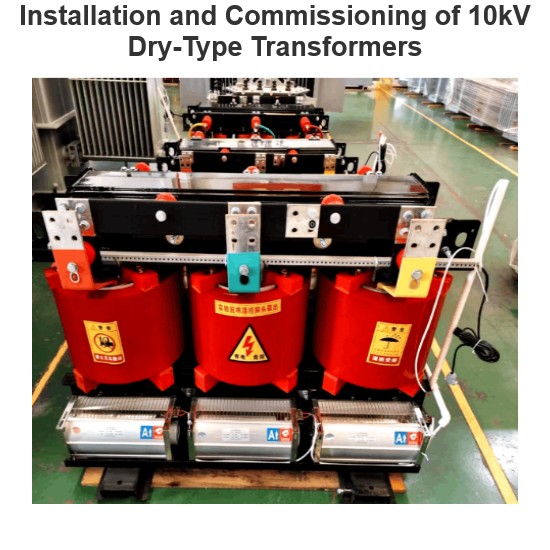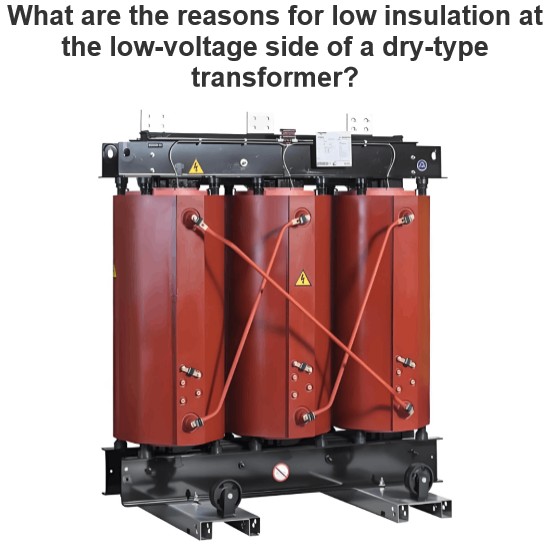What are the pros and cons of using a single-phase transformer compared to a three-phase transformer?
For a low-power transformer like 5kVA, compared with three-phase transformers, using single-phase transformers has the following advantages and disadvantages:
I. Advantages of single-phase transformers
Lower cost
The structure of single-phase transformers is relatively simple, and the manufacturing process and material costs are usually lower than those of three-phase transformers. For small power requirements such as a 5kVA transformer, the price of single-phase transformers may be more advantageous.
For example, in some small projects with limited budgets, choosing a single-phase transformer can reduce equipment procurement costs.
Flexible installation
Single-phase transformers are smaller in size and lighter in weight, making installation more flexible and convenient. They can be flexibly arranged according to actual needs, and the requirements for installation space are relatively low.
For example, in some places with limited space, such as small power distribution rooms or temporary power consumption places, single-phase transformers are easier to find a suitable installation location.
Easy maintenance
The structure of single-phase transformers is simple, with relatively fewer fault points, and maintenance is relatively easy. For users who do not have professional electrical maintenance personnel, the maintenance cost and difficulty of single-phase transformers are lower.
For example, if a single-phase transformer fails, it can usually be repaired by simple inspection and replacement of parts, while troubleshooting and repairing a three-phase transformer may require more professional knowledge and skills.
II. Disadvantages of single-phase transformers
Poor ability to handle unbalanced loads
Single-phase transformers can only provide single-phase power. If the load is unbalanced, it may cause fluctuations in the output voltage of the transformer and affect the normal operation of the load. While three-phase transformers can better balance the load and provide stable three-phase power.
For example, in some application scenarios with a mixture of single-phase and three-phase loads, using a single-phase transformer may cause a certain phase to be overloaded, resulting in a drop in the output voltage of the transformer and affecting the normal operation of loads on other phases.
Relatively low efficiency
For transformers of the same power, the efficiency of single-phase transformers is usually slightly lower than that of three-phase transformers. This is because three-phase transformers can better utilize the advantages of three-phase power and achieve more efficient energy conversion.
For example, in the case of long-term operation, the energy-saving effect of three-phase transformers may be more obvious, while single-phase transformers may consume more electrical energy.
Limited capacity
The capacity of single-phase transformers is usually small. For application scenarios with large power requirements, multiple single-phase transformers may need to be used in parallel, which will increase the complexity and cost of the system. While three-phase transformers can provide a larger capacity to meet the needs of high-power loads.
For example, in some industrial production or large commercial places, a transformer with a large power is needed to meet the operating needs of equipment. At this time, a three-phase transformer may be a better choice.
In summary, when choosing a low-power transformer, it is necessary to weigh the advantages and disadvantages of single-phase transformers and three-phase transformers according to the specific application scenario and needs. If there are higher requirements for cost, installation flexibility, and maintenance convenience, and the load is relatively balanced, a single-phase transformer may be a suitable choice. But if better unbalanced load handling ability, higher efficiency, and larger capacity are required, a three-phase transformer may be more suitable.
The Electricity Encyclopedia is dedicated to accelerating the dissemination and application of electricity knowledge and adding impetus to the development and innovation of the electricity industry.













